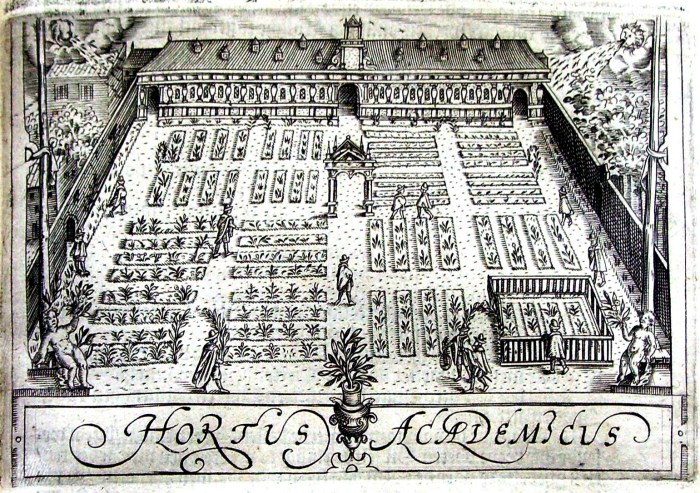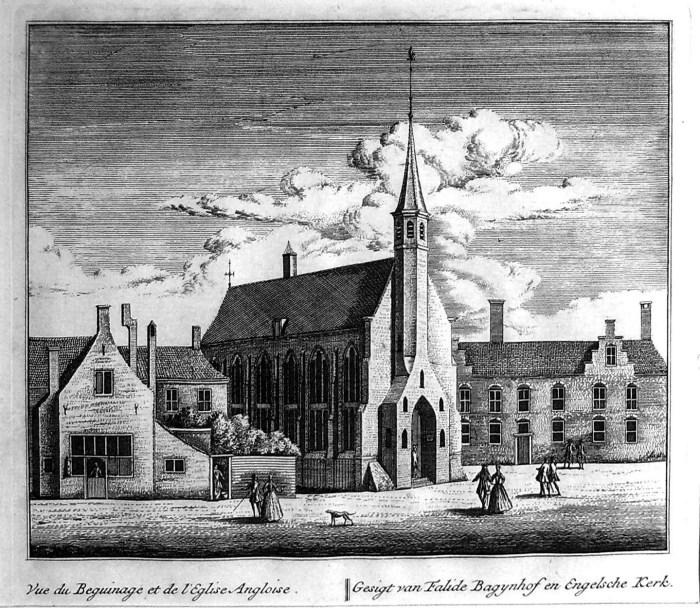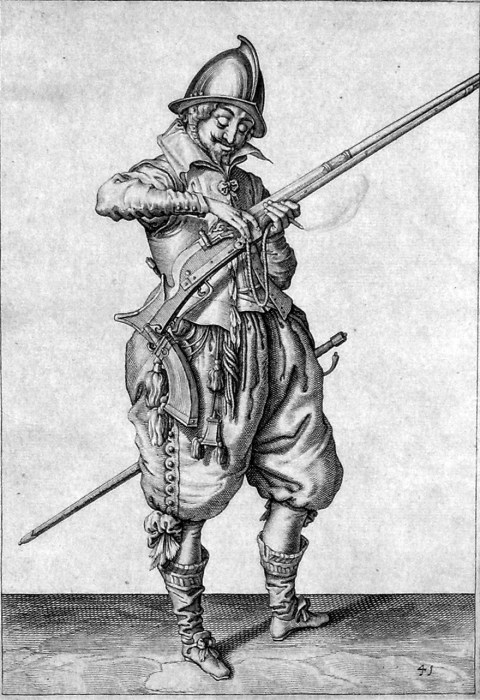
Public lectures about the medicinal uses of plants were given for the benefit of students and other amateurs of the subject. Deacon Samuel Fuller, well-known in New England as the Pilgrims' physician, may have attended these lectures, which were given by professor Petrus Paeuw (d. 1617), although the absence of Latin books in Fuller's estate when he died in 1633 suggests he would have needed an interpreter. Fuller must also have taken advantage of the opportunity to learn about current knowledge of anatomy in the university's anatomy theater. Interested laymen were allowed to observe Professor Paeuw's dissections from the outer viewing circle, and there were didactic displays in the room, such as human and animal skeletons wired together. The amphitheater was constructed in the apse of the medieval Begijnhof Chapel, which had been converted to house also the university library, a lecture room used for studying military strategy, and another room in which students received instruction in fencing. This last room, which after 1644 became the English Puritan Church in Leiden, was probably also the room used by the Pilgrims for their religious services.

That Myles Standish may have listened to the public lectures on military strategy is a conclusion based on noticing that the street layout and defensive arrangements of Plymouth (which Myles Standish, as the colony's military leader, must have planned) reflect military ideas then taught at Leiden by Simon Stevin, professor in the school of military engineering founded at the behest of Prince Maurits.
The particular plan, with cross-streets, parallel alleys, bastions, and a dominant fort, magazine, and meeting house was realized in Willemstad in the 1580's and a little later in the Dutch colonial town at Batavia (in present-day Indonesia) but had not yet been applied to any British settlements. Stevin lectured in Dutch, which Myles Standish knew through his years as a soldier in the Dutch wars.
Myles Standish was born in 1584 at Ellenbane on the Isle of Man. Standish was evidently wounded in the Siege of Ostende. A soldier listed as "Myls Stansen" (presumably identical with Myles Standish) was given medical care in Leiden's St. Catharine's Hospital in 1601. He was a soldier in the company of Captain Garnaer under Adolf van Meetkerken, in the regiment of Colonel Horatio Vere, who recruited on the Isle of Man. That company saw action in the battles of Sluys and Groenlo, and elsewhere.

Leiden was a garrison town for numerous other English companies, also, under captains Fairfax, Panten, Scot, Morgan, Haig, Carey, and Allen, as well as Walloon Companies under captains de la Nouvele, Dassault, du Fort, de Sailli, and Lalou. While Leiden was their winter quarters, swelling the town's population by several hundred and providing customers for numerous taverns where people gathered to exchange news and gossip and to "drink" tobacco and beer, the soldiers left in the spring and summer to participate in the captures of Rijnberk, Grave, Aardenburg and Sluys, and in the sieges of Den Bosch.
The Pilgrims' military preparations for the future colony of New Plymouth may have included participation in the general training of extra civilian members of the augmented militia, which took place in the Begijnhof Chapel fencing-school room after 1617. Here the inexperienced were trained in the handling of pikes and guns, which they presumably practiced more extensively in the open air at the militia shooting range or on the town ramparts.
The standard training manual was Jacques de Gheyn's series of descriptions and engravings explaining every movement in the laborious and time-consuming process of priming and firing a match-lock musket. The Pilgrims also acquired several cannons which they took with them to New England. Unable to buy ordnance in England, they probably bought Leiden's outmoded cannons that were disposed of by artillery master Pieter du Bois, who happened to be the landlord of some of the Pilgrims.
The Pilgrim’s rich and exciting story deserves to be told in detail. You can discover different aspects of it in the following chapters.